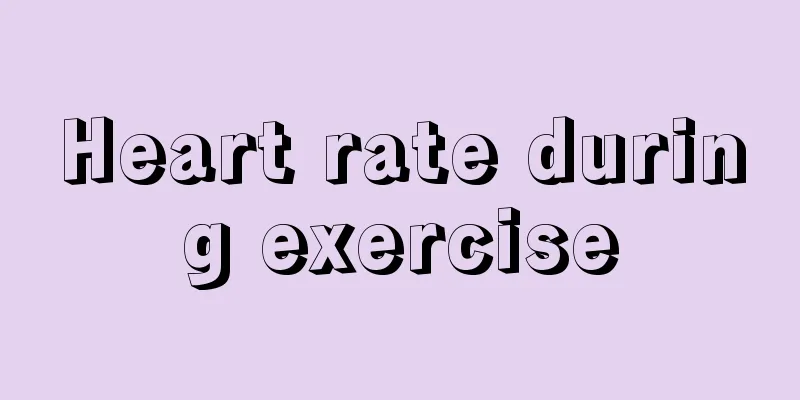Heart rate during exercise

|
Everyone knows that each of us has a completely different physical condition and constitution. There are even huge differences in physical constitution due to different ages. Different people also have different heart rates when exercising. There is an appropriate range for heart rate during exercise. If the heart rate is too high during exercise, it will have a certain impact on the athlete's health. What is the appropriate heart rate when exercising? 1. People who are healthy and in good physical condition The aerobic heart rate can be controlled at 120-180 beats/minute, which can be further divided into small exercise of 120-140 beats/minute, medium exercise of 141-160 beats/minute, and large exercise of 161-180 beats/minute. 2. If you want personalization, you can use the common formula to calculate Reasonable heart rate during aerobic exercise = (maximum heart rate - resting heart rate - age) × Q + resting heart rate. The maximum heart rate in the formula is ≈ 210; the resting heart rate refers to the heart rate in a relatively quiet state before exercise; Q represents the amount of exercise, less than 50% is a small amount of exercise, 50% to 75% is a medium amount of exercise, and more than 75% is a large amount of exercise. For example, if a person is 50 years old, has a resting heart rate of 76 beats per minute, and wants to do aerobic exercise with a small amount of exercise, the aerobic heart rate should be (210-76-50)×50%+76=118 beats per minute. 3. For middle-aged and elderly people, the simplest and safest method can be used Appropriate aerobic exercise heart rate = 170-age. For example, if you are 60 years old, your heart rate should be controlled at 170-60=110 beats per minute when doing aerobic exercise. For the weak and older people, for safety reasons, you can choose (170-age)×0.9. Precautions 1. The above content is only a general rule. It must be used flexibly according to the specific situation during implementation. The health status, environment, season, mood, etc. at different times will have a certain impact on the choice of exercise volume. At this time, the exercise intensity and exercise time should be reduced accordingly, and the heart rate index should also be reduced accordingly to ensure safety. 2. It is very necessary to learn to count your heart rate (pulse) during exercise to control the amount of exercise. It not only adds a layer of safety for those who participate in exercise, but also helps to ensure the fitness effect of exercise. We can practice feeling the radial artery at the wrist or the submandibular artery at the mandible (chin) to count our pulse. If conditions permit, wearing a heart rate monitor would be ideal. |
<<: Why does bile reflux gastritis make the throat uncomfortable
>>: Non-atrophic gastritis with bleeding
Recommend
What are the real causes and symptoms of headaches?
Nowadays, many people often suffer from severe mi...
Can I get pregnant after breast cancer is cured
Whether breast cancer patients can have children ...
What are the causes of blood in the stool?
With the improvement of modern living standards, ...
Can I get a face-lift injection during my menstrual period?
The face is a body part that many people attach g...
What should I do if the pleural effusion is bloody?
If it is normal, the serous fluid in the pleural ...
Toona sinensis contains nitrite
Nitrite is a toxic substance, which is contained ...
What causes ovarian cancer?
Ovarian cancer may be caused by genetic factors, ...
What are the results of the bladder cancer examination?
There are many diseases that are similar to bladd...
What is the best medicine for vulvitis
Vulvitis is mostly caused by fungal infection, an...
How to remove mold
Especially in winter, clothes and curtains in the...
The correct way to wash your face
Everyone washes their face in the morning, but if...
Will lung cancer patients infect their families?
Will lung cancer patients infect their families? ...
How to remove dead skin on fingers
Hands are the second representative for women. Th...
How to make thin hair thick
Everyone's hair growth is different. Some peo...
What is the cause of headache and dizziness
Headache and dizziness are common symptoms in our...









